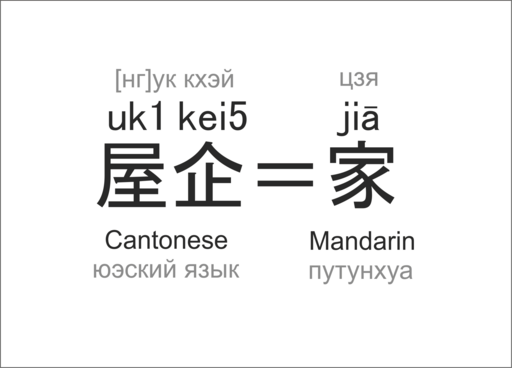Mandarin and Cantonese are distinct Chinese languages. Mandarin is the official language of China, while Cantonese is a regional dialect spoken in parts of southern China.
TL;DR Mandarin Vs. Cantonese
Mandarin and Cantonese are two distinct varieties of Chinese that have their own unique characteristics. While Mandarin is the official language of China and widely spoken throughout the country, Cantonese is primarily spoken in southern China, particularly in Hong Kong and Guangdong province.
The main differences between Mandarin and Cantonese lie in their pronunciation, vocabulary, and usage. Mandarin has a more standardized pronunciation known as Pinyin, while Cantonese has a wider range of tones and a distinct phonetic system. Additionally, there are differences in vocabulary between the two languages due to historical reasons.
What is Mandarin?
Mandarin, also known as Standard Chinese, is the official language of China and one of the six official languages of the United Nations. It is spoken by over a billion people worldwide and serves as a lingua franca for communication between speakers of different Chinese dialects.
Mandarin originated from Northern China and was based on Beijing dialect. Due to its widespread use, Mandarin has become an essential skill for anyone looking to do business or communicate effectively in China. Its popularity can be attributed to several factors, including government promotion, media influence, and educational policies that prioritize its teaching.
In terms of pronunciation, Mandarin uses four tones plus a neutral tone. Each syllable has a specific tone associated with it that can change the meaning entirely. The grammar follows subject-verb-object (SVO) word order like English but lacks grammatical gender or articles.
One notable feature of Mandarin is its simplified writing system – Simplified Chinese characters are used in mainland China while Traditional Chinese characters are still used in Hong Kong and Taiwan.
Mandarin’s prominence both domestically and internationally makes it an important language to learn for those interested in exploring Chinese culture or conducting business with native speakers.
What is and Cantonese?

Cantonese is one of the major dialects of Chinese, spoken mainly in the southern region of China, particularly in Guangdong province and Hong Kong. It has a rich history and cultural significance, with millions of people speaking it worldwide.
The origins of Cantonese can be traced back to ancient Chinese dynasties. It developed as a distinct dialect due to geographical isolation from other regions. What sets Cantonese apart is its unique pronunciation and vocabulary compared to Mandarin.
In terms of pronunciation, Cantonese has nine tones compared to Mandarin’s four tones. This makes Cantonese more challenging for non-native speakers to learn and master. Additionally, Cantonese uses different sounds and intonations than Mandarin.
Another notable difference between Cantonese and Mandarin is their written form. Both languages use Chinese characters but have variations in certain words or phrases.
Furthermore, there are differences in grammar structures between the two dialects. For example, word order can vary slightly when constructing sentences in Cantonese versus Mandarin.
Mandarin Vs. Cantonese – Key differences
| Aspect | Mandarin | Cantonese |
|---|---|---|
| Geographic Distribution | Official language of China, Taiwan, and Singapore; widely spoken throughout Northern China. | Predominantly spoken in Guangdong, Hong Kong, and among overseas Chinese communities. |
| Tonal Language | A tonal language with four tones and a neutral tone, where the tone of a word can change its meaning. | Highly tonal with nine tones, making tone accuracy vital for proper understanding. |
| Written Script | Uses simplified Chinese characters in Mainland China and traditional characters in Taiwan and overseas communities. | Typically uses traditional Chinese characters in Hong Kong and other Cantonese-speaking regions. |
| Pronunciation | Pronunciation is based on the Beijing dialect and is considered the standard for China. | Pronunciation is based on the Guangzhou dialect and is distinct from Mandarin in phonetics and tones. |
| Mutual Intelligibility | Mandarin speakers may not fully understand Cantonese, but they may recognize some vocabulary and basic phrases. | Cantonese speakers may find Mandarin easier to understand due to its simplified tones and common vocabulary. |
| Popularity in Media | Mandarin is the dominant language in Chinese media, including TV, film, and music. | Cantonese has a significant presence in Hong Kong's entertainment industry and among overseas Chinese communities. |
| Cultural Significance | Mandarin is associated with official and educational contexts, including the Chinese government and international business. | Cantonese has a cultural significance, especially in Hong Kong, and is a symbol of local identity. |
Image Credits
Featured Image By – Kf8, CC BY-SA 3.0, via Wikimedia Commons
Image 1 By – Man-kuen Lau, CC BY-SA 3.0 , via Wikimedia Commons








